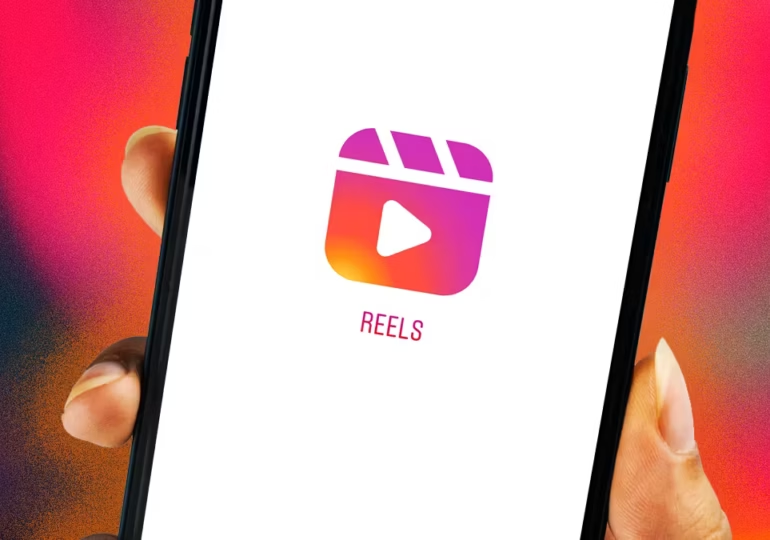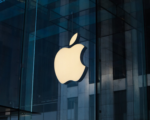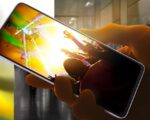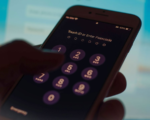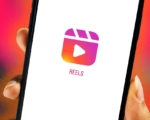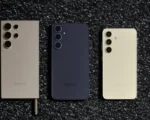Apple Vision Pro, Apple’s latest foray into the world of augmented reality (AR) and mixed reality (MR) headsets, is experiencing a significant increase in return rates
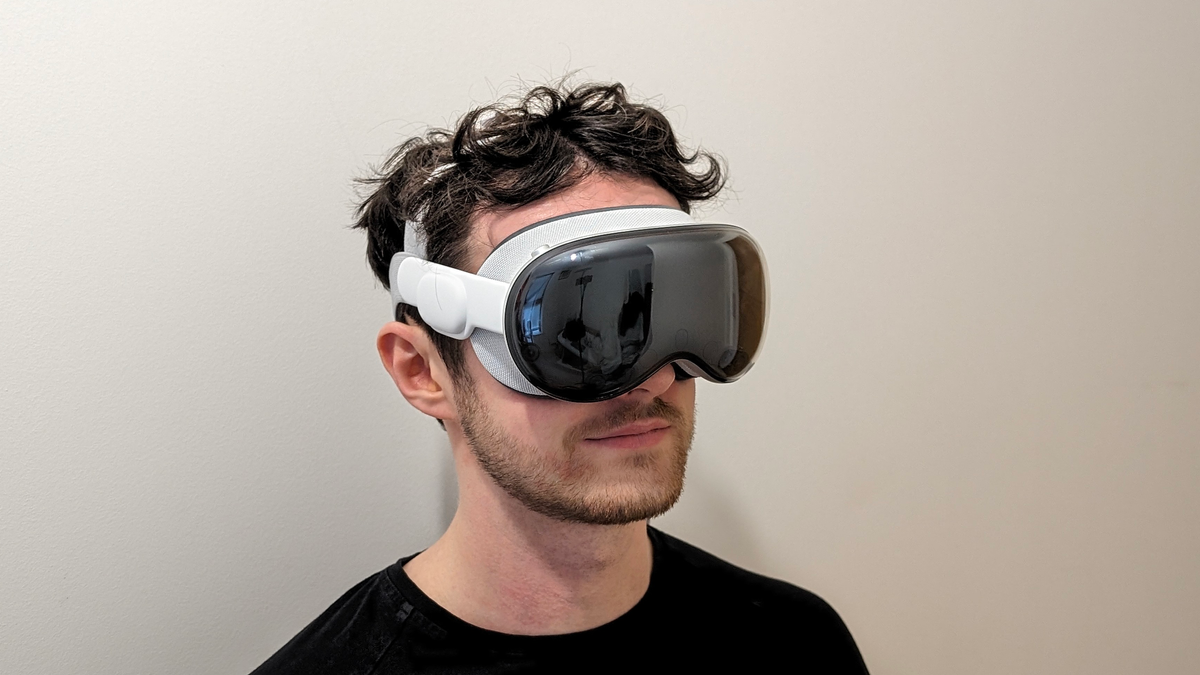
Apple analyst Mark Gurman noted the return rate of the Apple Vision Pro, characterizing it as ranging from average to above average.
Apple Vision Pro, Apple’s highly anticipated mixed-reality headset, hit the market on February 2 in the United States, marking the tech giant’s foray into the immersive world of augmented reality. However, just over two weeks since its release, a concerning trend has emerged: an increasing number of users are returning the headset. Reports indicate that numerous early adopters, who purchased the device shortly after its launch, are opting for returns due to five main issues plaguing the Apple Vision Pro. Among these concerns are physical discomfort, a sense of isolation, limited app and content offerings, and other usability challenges.
Renowned Apple analyst Mark Gurman shed light on this trend in his newsletter, revealing that a notable proportion of users have initiated returns within the critical 14-day window following the headset’s debut. Gurman’s insights, sourced from retail channels, indicate that the return rate for the Apple Vision Pro falls within the range of average to slightly above average when compared to other consumer electronics products.
Notably, data from various retail outlets suggests that while smaller stores witness one to two returns per day, larger establishments have encountered as many as over eight returns in a single day, highlighting the growing dissatisfaction among users.
Gurman revealed that he spoke with more than a dozen buyers who returned the headset within the 14-day return window. As per the feedback from people, five main reasons have emerged with the wearable device being returned. The first issue was physical discomfort arising from its weight and the external battery pack and wiring that made it troublesome to manage.
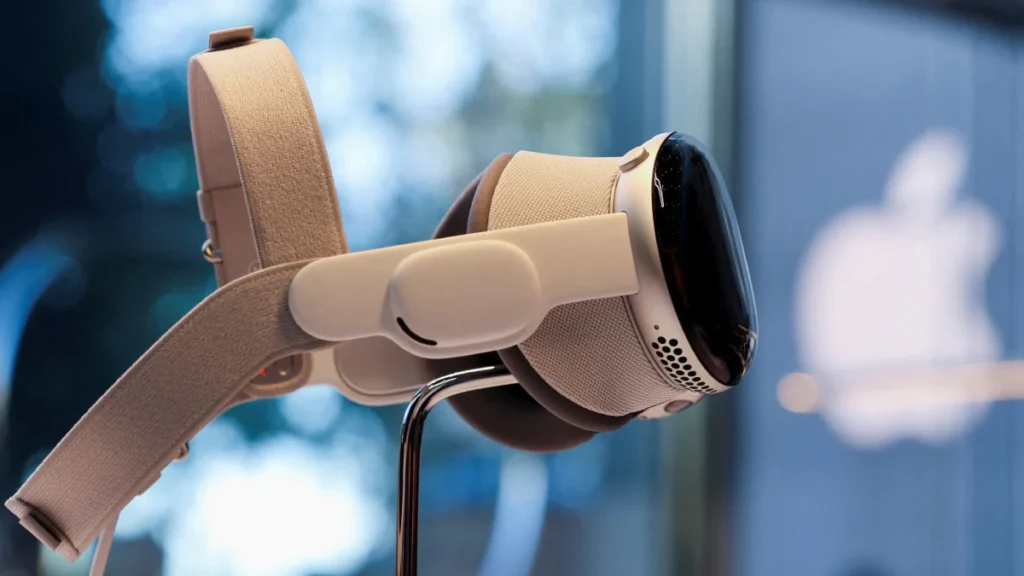
The usage experience was described as “headache-inducing and uncomfortable”. Second, people cited the lack of applications and video content as their reason for disappointment with the mixed-reality headset.“It clearly is the future — but there’s not enough stuff for it to do right now. The apps just aren’t there,” Farzad Mesbahi, a former Tesla supply chain manager in Texas told Bloomberg.
The third issue that resonated with several buyers was an isolating experience. Unlike an iPhone, which a user can simply pass around to show a video or a meme, it is much more onerous with the Apple Vision Pro. This lack of shared experience often resulted in isolation from friends and family.“You kind of find yourself in this virtual environment and you’re asking yourself what you’re doing here,” Randy Chia, a product manager for an investment firm in Los Angeles told Bloomberg.
Further, the fourth issue highlighted by the report included narrow field-of-view and glare from the screen which resulted in eye strain and vision issues. Finally, users also said that the mixed-reality headset was not much useful for productivity and instead found that working on it for long periods of time was rather strenuous on the eyes.Gurman highlights that while returns are not unusual for products, these reasons are quite concerning. Further, given that most of the buyers are purchasing a first-generation product at the price of $3,500 (roughly Rs. 2.9 lakh), it is unlikely that they would be easily dissuaded by usual glitches and issues.


